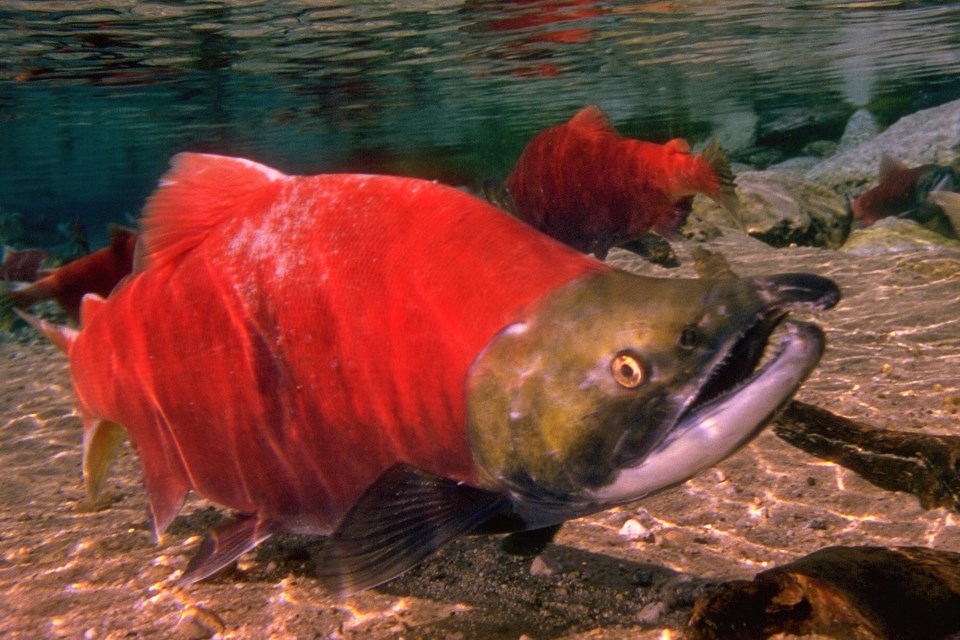SASKATOON — While salmon is often celebrated for its health benefits in our diets, new findings from an international team of researchers including members from the University of Saskatchewan (USask) show that these fish play a crucial role in supporting ecosystem health as well.
Migratory species like salmon travel thousands of kilometres to spawn at the end of their lives, leaving behind both nutrients and contaminants in freshwater rivers. By looking at both elements together, a team of North American researchers have greater insight into salmon’s impact on ecosystems.
“The key takeaway from the work is that salmon are the most important movers of biomass in the animal kingdom, as their migration takes them from the ocean into freshwaters,” said Dr. Tim Jardine (PhD), associate professor in the School of Environment and Sustainability, member of the Toxicology Centre, and the Global Institute for Water Security (GIWS) at the University of Saskatchewan (USask).
Jardine said that not all species of salmon are equal.
“The underappreciated pink salmon delivers as much good stuff (nutrients) and less of the bad stuff (contaminants) when compared to more popular salmon species because of differences in their ecology,” said Jardine.
These findings were recently published in and are the culmination of more than seven years of collaborative research between USask, the University of Connecticut (UConn), the University of 小蓝视频 Dakota, the University of Missouri, Regis University, and the United States Geological Survey (USGS) and Natural Resource Consultants.
Jardine and former USask master’s student Gaby Ruso (now a PhD candidate at the University of Missouri) began work on this project back in 2017, when they started compiling salmon abundance and chemistry data alongside colleagues at the USGS.
“The project later stalled until Jess Brandt from UConn came along and pushed it to the next level, with help from fisheries biologist Greg Ruggerone who plugged several holes in the salmon data, and Jeff Wesner from University of 小蓝视频 Dakota who added sophisticated modelling to what are some very big numbers,” said Jardine.
The research illustrates the importance of studying elements like nutrients and contaminants together in order to understand the broader picture of environmental impacts from migratory species. Studying the two in isolation from one another doesn’t often tell the whole story.
Similarly, the study illustrates the power of collaboration between researchers across disciplines and institutions, as well as the payoff of long-term collaboration.
“I think we showed that patience and partners are important when it comes to these big synthetic papers,” said Jardine.
originally published by The University of Connecticut.
— Submitted by USask Media Relations




